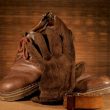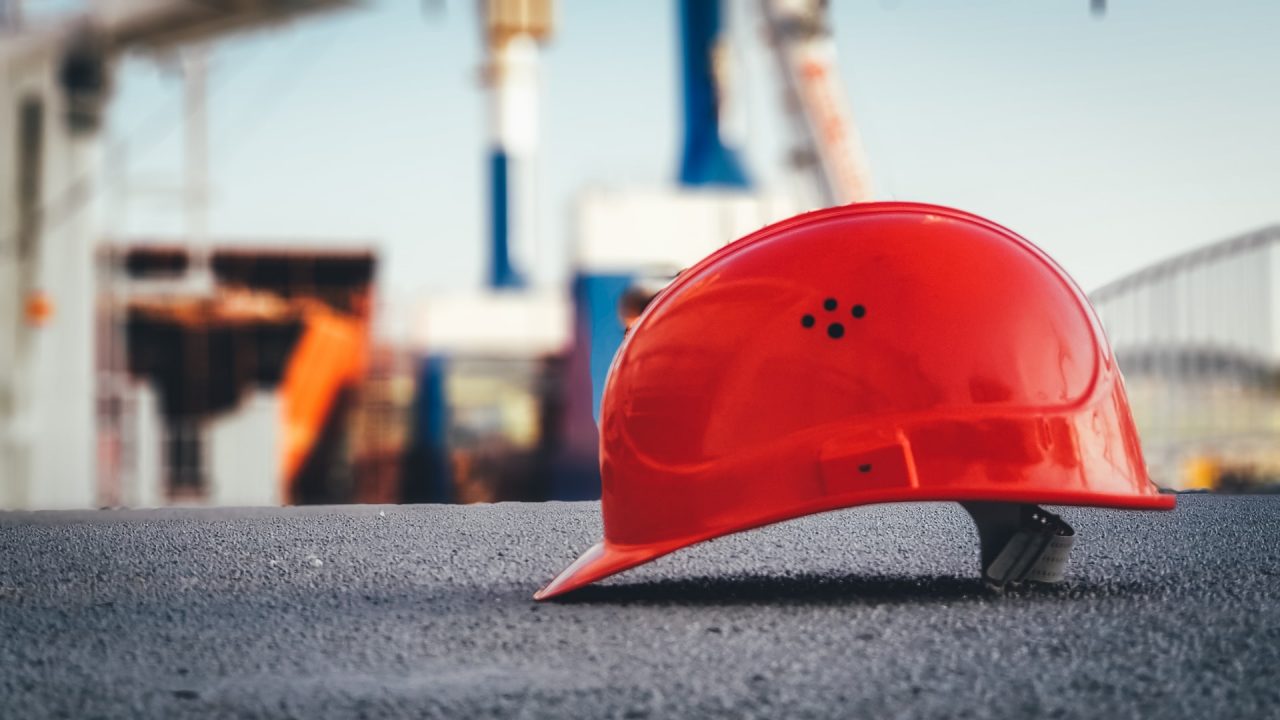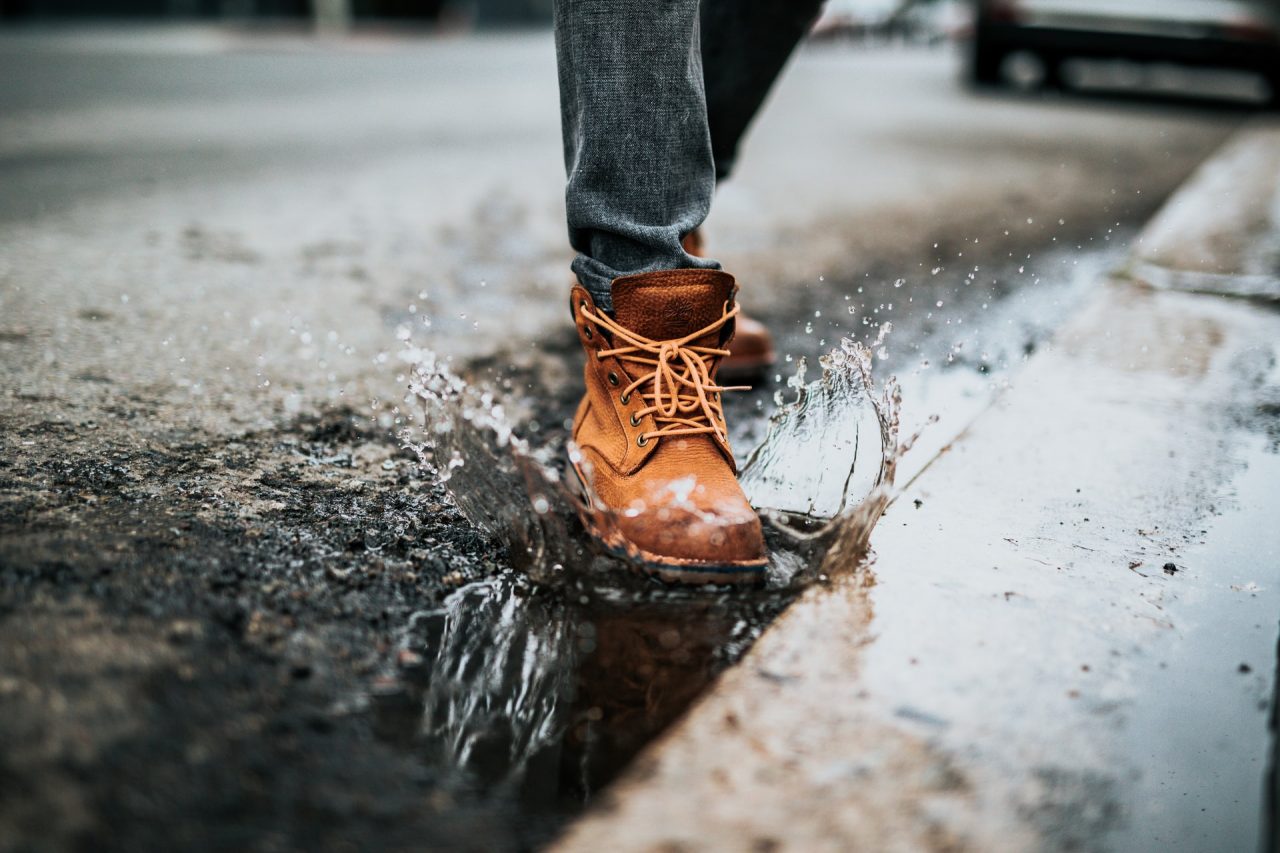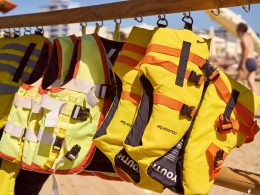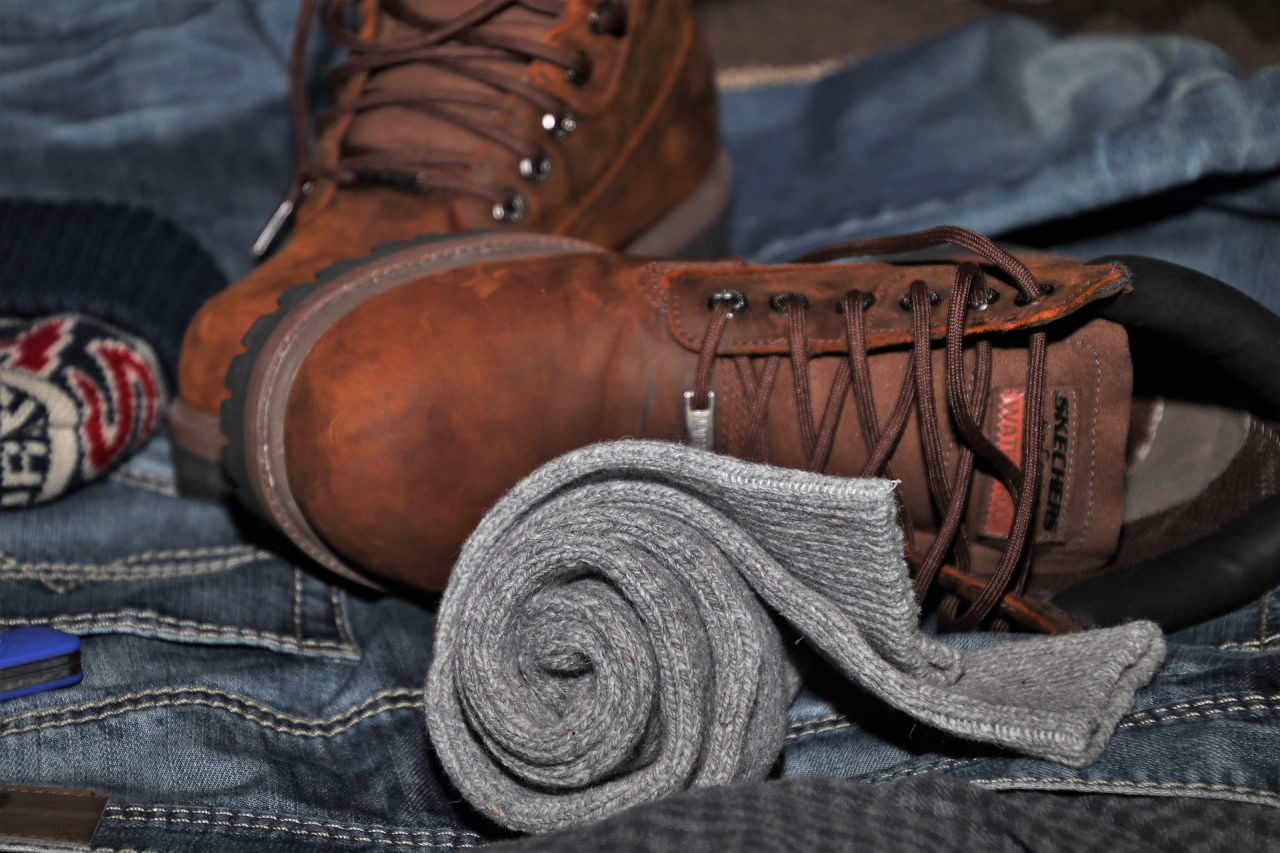Workwear Guru is reader-supported. When you buy through links on our site, we may earn an affiliate commission. Learn more
Studies show that work-related traumatic brain injuries are on the rise, and such injuries can cause functional, cognitive, and behavioral impairments that last for months or years. If you work in a hazardous environment, you should try your best to prevent any injuries.
The most popular head protection product is hard hats. They can help reduce fatal injuries, but only as long as you wear them right.
How Often Should Hard Hats Be Inspected?
Although hard hats are durable and made to last, they can still get damaged and wear out over time. To be safe, you should inspect it every 4-6 months, regardless of whether there is a reason why it would be damaged or not. Considering the extended use, exposure to UV rays, heat, and other potentially damaging factors, your hard hat can sometimes be unsafe to use but, you might not notice.
According to the Occupational Safety and Health Agency (OSHA), you should replace your hard hat after two years, even if there are still no signs of damage. Depending on your workplace environment, you might have to do it even more frequently.
How Do I Know What Standards My Hard Hat Meets?
OSHA issues many standards with sets of rules and requirements about methods that employees must use to protect themselves from hazards in the workplace. Two of them are related to hard hats:
- Standard number 1910.135 related to hard hat requirements for general industry workers
- Standard number 1926.100 related to head protection requirements for construction, demolition, and renovation workers
To see what standards your hard hat meets, you should check the inside of the hat. It should have the manufacturer’s name marked, the ANSI type and standard it conforms with, the size range, and date when it was manufactured.
If your hard hat meets the standards set by OSHA, then it should also have two arrows that show you can wear the hat forwards and backward. In addition, if the helmet can protect you in low temperatures, it should have an LT sign. Most importantly, if the hard hat meets all the requirements for high visibility, then there should be an HV sign.
Hard Hat Safety Tips: Dos
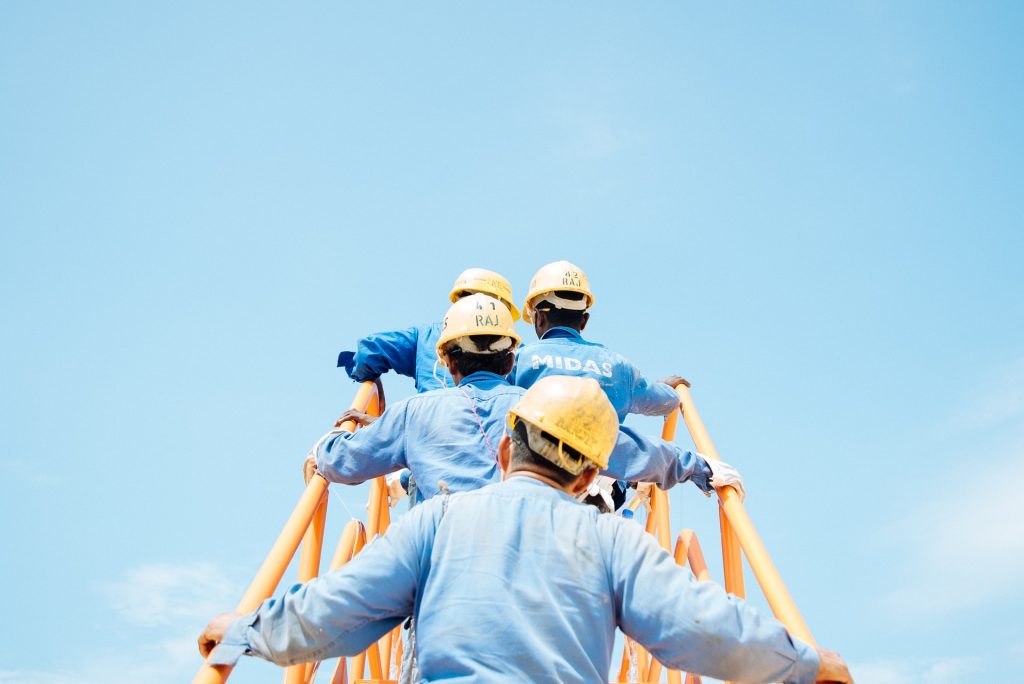
The first do (and this is a must) is that you wear a hard hat in your workplace. Then, to ensure they are effective, check the following hard hat safety tips.
Make sure it’s the right type and class
There are two hard hat types:
- Type I offers protection to the top of the head and reduces the force of impact tools might have when falling from above.
- Type II protects the top and sides of the head and it shields you from potential blows from the side or top of the head.
Depending on the amount of protection, there are three classes of hard hats:
- Class G (General) hard hats can protect you from impact, penetration, and up to 2000 volts of electricity.
- Class E (Electrical) hard hats can also protect you from impact and penetration, as well as from up to 20.000 volts of electricity.
- Class C (Conductive) hard hats only protect you from impact and penetration. They can not offer any electrical protection.
Based on their descriptions and the job you do, you can pick the type and class of helmet that best suits you and the environment you work in.
Ensure it fits your head
The helmet should sit comfortably on your head while you are wearing it. To ensure that it is not too small and there is enough room for adequate ventilation, check if there is 1 inch to 1.25 inches of space between the hat and your head. Even with this space, it should be secure enough not to move around but without tightening your head to the point of being painful.
Replace the hard hat in case of any impact
In case of an incident, no matter how minor, you must carefully inspect the hat before wearing it again, or even better, replace it with a new one. Although the shell might look undamaged, you should also check the suspension within the hard hat. Try it on and see if it feels any different. If you have any doubts, getting a new helmet might be the safest option.
Use hard hat pads
To raise the comfort of your helmet, you can purchase hard hat pads. They are super easy to use. All you have to do is attach them to the inside of the hat using the suspensions. The pads will act as a cushion for your head and make the long hours you spend wearing the helmet more bearable.
Hard Hat Safety Tips: Don’ts
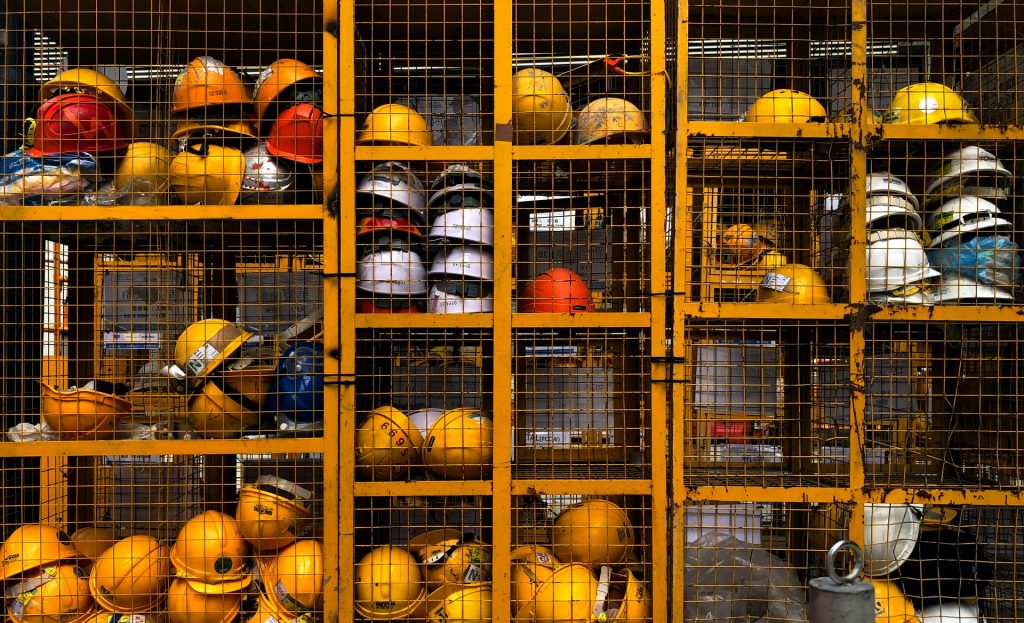
To ensure that you are leveraging the full benefits that come with wearing a hard hat, avoid the following actions.
Don’t leave the hard hat in the sun
Do not leave your hard hat in the sun for a long time. Of course, it is normal for it to be exposed to the sun while you are wearing it, but other than that, try to avoid displaying it to heat, sunlight, or chemicals. These factors can contribute to the shell becoming chalky, dull, or less flexible.
Don’t use it as a storage
For your hard hat to provide full protection, there should be a distance between it and the suspension. That is why you should avoid placing objects under your helmet. For example, if you were wearing a baseball hat before, take it off when you put on the hard hat. Some hats and objects are damaging, and others, like the pads we mentioned, can help make the helmet more comfortable. So, what to wear under a hard hat? Well, you can wear bandanas, close-fitting peakless caps, and other thin materials that do not contain any metal parts.
Don’t paint it or apply stickers
Another thing to avoid is painting or putting stickers on your hard hat. If the paint has chemicals not compatible with the helmet, it can damage the shell and weaken it. In addition to that, covering the helmet’s bright color with paint or stickers makes it less visible, and high visibility is a crucial aspect of workwear.
Don’t wear it backwards
Unless the manufacturer confirms that your hard hat can be worn backward, you should never do so. When you wear it in reverse, the impact area shifts, and the fit can change. Wear your hat as it is designed to be worn because that is when it works best.
A single head injury can affect you for the rest of your life. Regardless of what your profession is, your brain is still your most important tool. So, stay safe and wear a hard hat.



